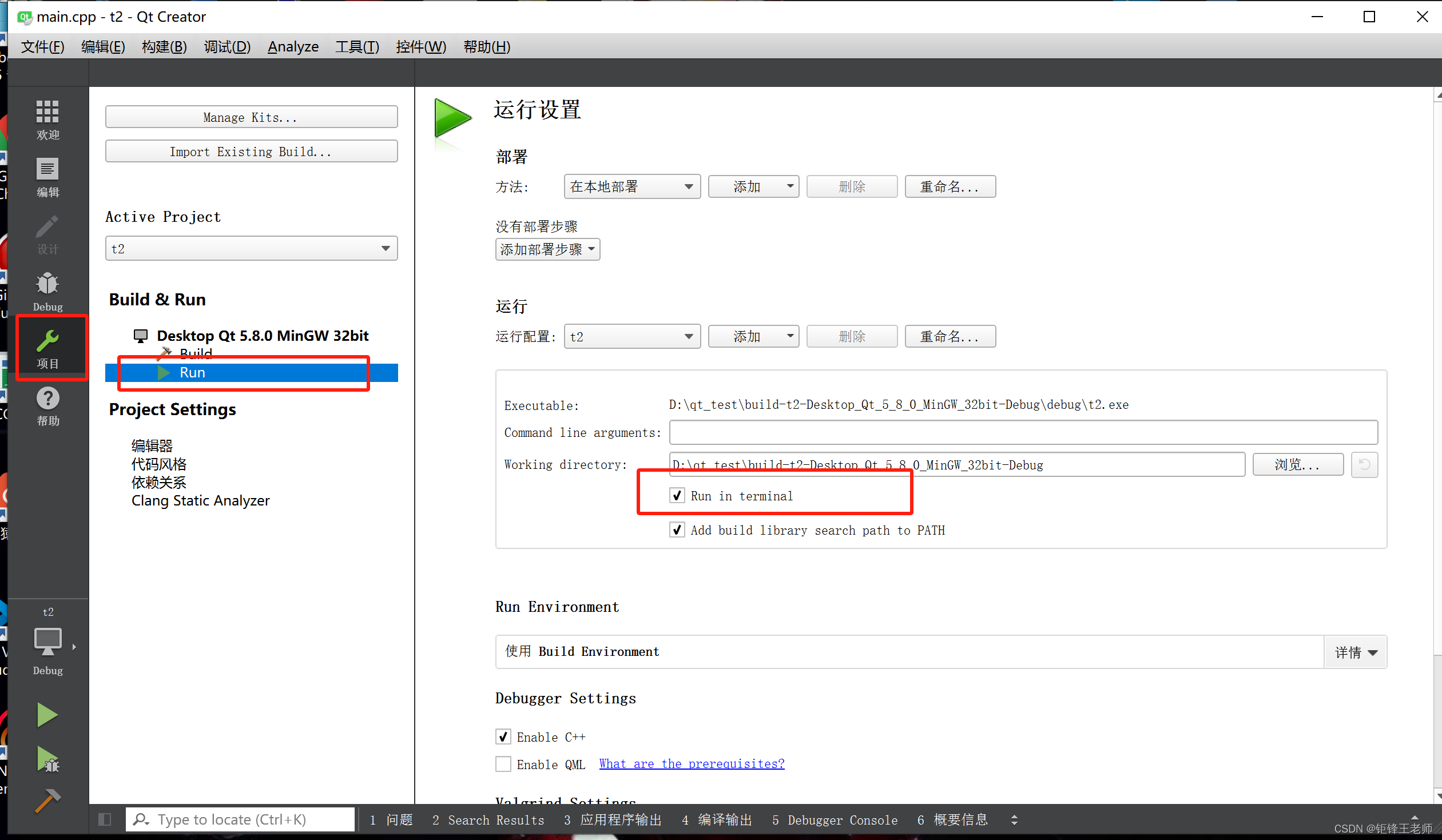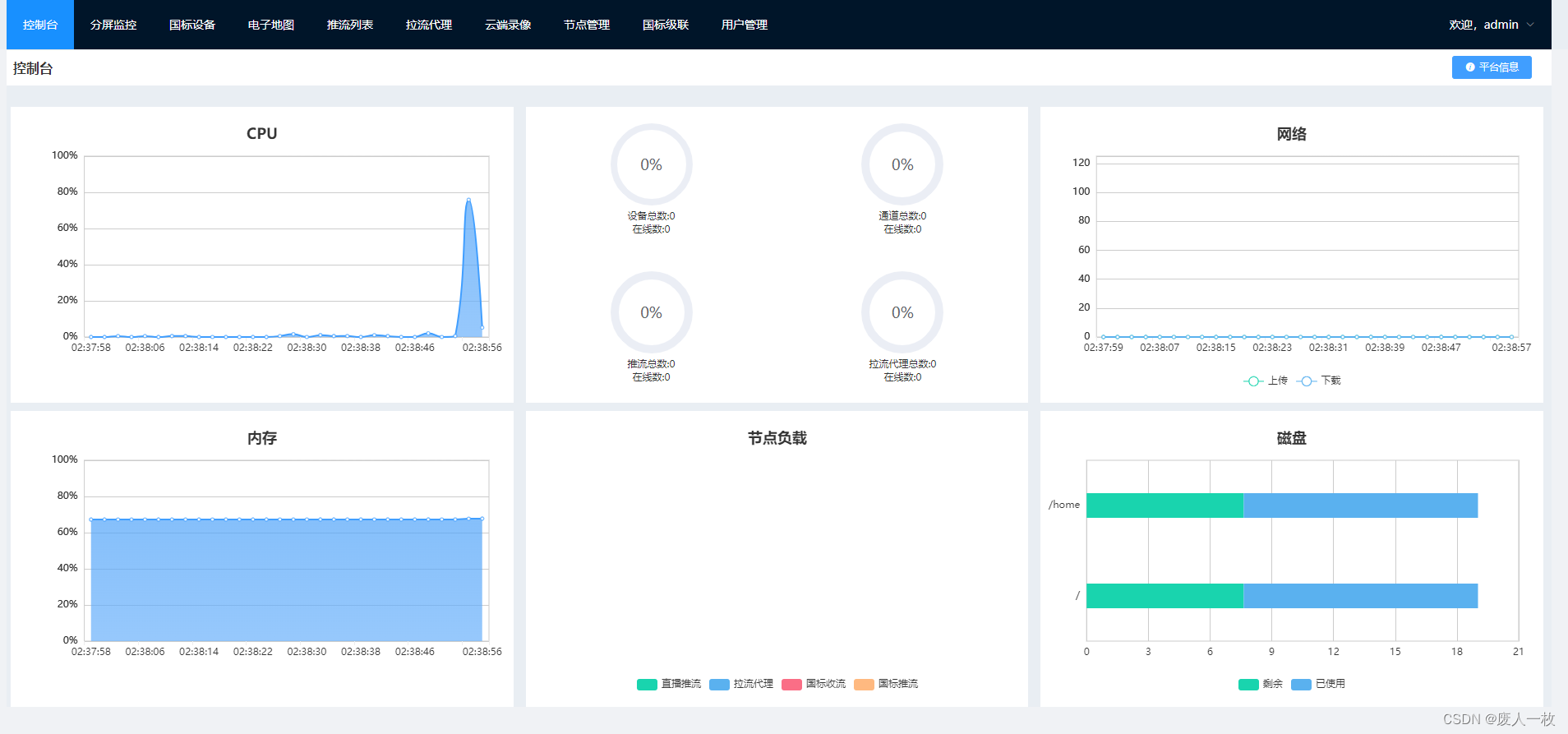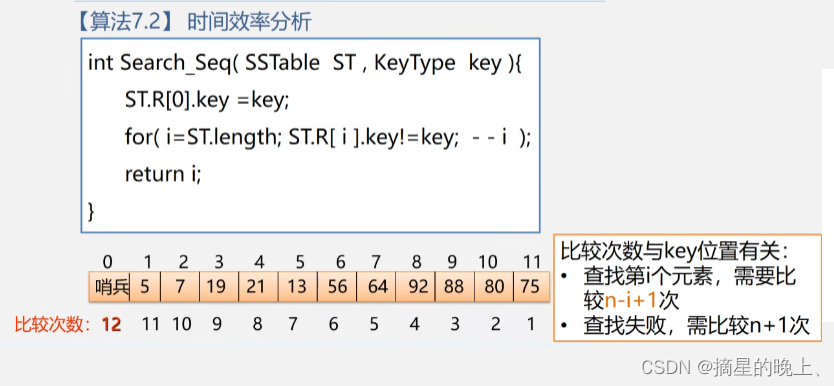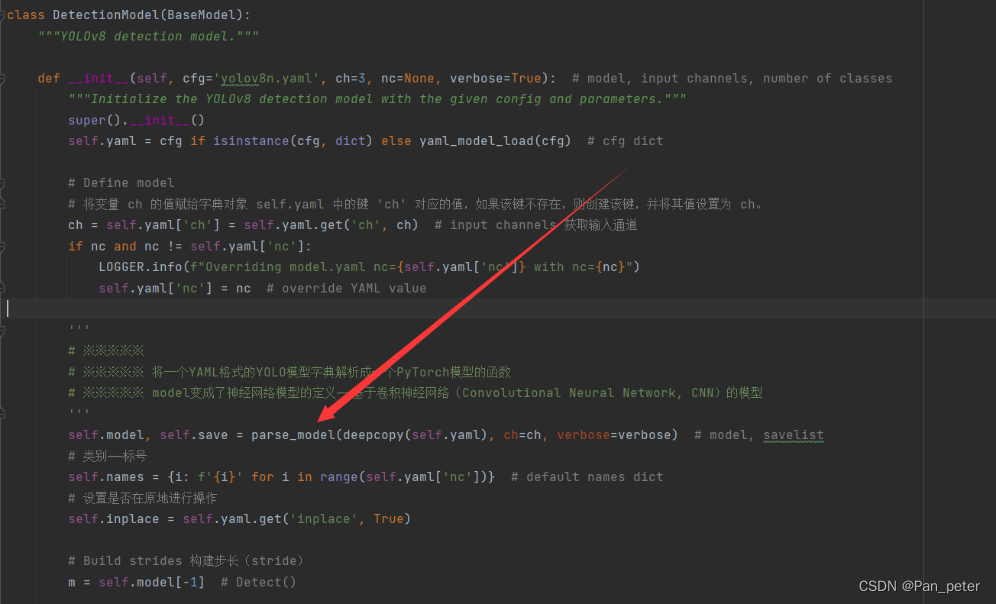目录
栈(Stack)
栈的使用
栈的模拟实现
栈的应用场景
队列(Queue)
队列的使用
队列模拟实现
循环队列
双端队列
用队列实现栈
用栈实现队列
栈(Stack)
什么是栈?

栈的使用
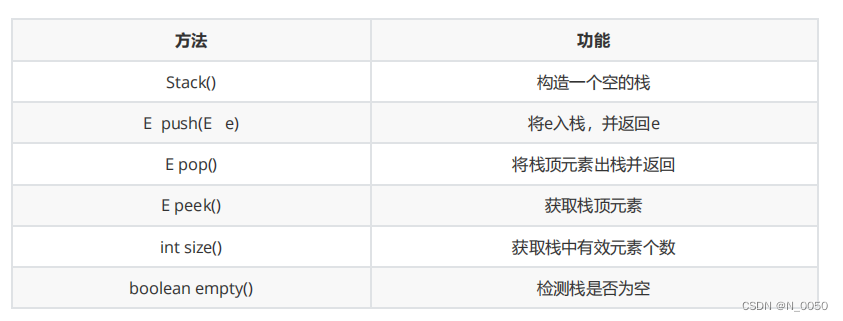
方法例子:
public static void main(String[] args) {
Stack<Integer> s = new Stack();
s.push(1);
s.push(2);
s.push(3);
s.push(4);
System.out.println(s.size()); // 获取栈中有效元素个数---> 4
System.out.println(s.peek()); // 获取栈顶元素---> 4
s.pop(); // 4出栈,栈中剩余1 2 3,栈顶元素为3
System.out.println(s.pop()); // 3出栈,栈中剩余1 2 栈顶元素为3
if(s.empty()){
System.out.println("栈空");
}else{
System.out.println(s.size());
}
}栈的模拟实现
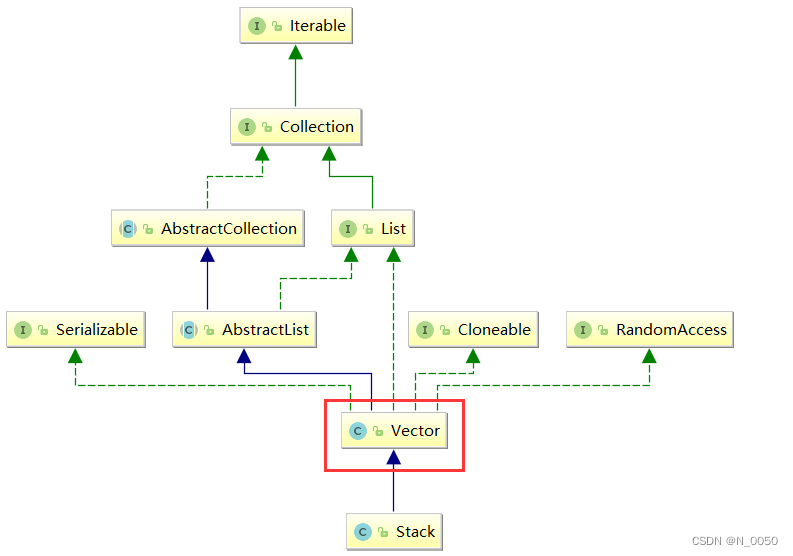
模拟实现代码:
public class MyStack {
int[] array;
int size;
public MyStack() {
array = new int[3];
}
public int push(int e) {
ensureCapacity();
array[size++] = e;
return e;
}
public int pop() {
int e = peek();
size--;
return e;
}
public int peek() {
if (empty()) {
throw new RuntimeException("栈为空,无法获取栈顶元素");
}
return array[size - 1];
}
public int size() {
return size;
}
public boolean empty() {
return 0 == size;
}
private void ensureCapacity() {
if (size == array.length) {
array = Arrays.copyOf(array, size * 2);
}
}
}栈的应用场景
1.逆波兰表达式(中缀转后缀):
https://leetcode.cn/problems/evaluate-reverse-polish-notation/
代码:
class Solution {
public int evalRPN(String[] tokens) {
Stack<Integer> stack=new Stack<>();
for(String x:tokens){
if(!isCase(x)){
stack.push(Integer.parseInt(x));
}else{
int nums2=stack.pop();
int nums1=stack.pop();
switch(x){
case "+":
stack.push(nums1+nums2);
break;
case "-":
stack.push(nums1-nums2);
break;
case "*":
stack.push(nums1*nums2);
break;
case "/":
stack.push(nums1/nums2);
break;
}
}
}
return stack.pop();
}
public boolean isCase(String s){
if(s.equals("+")||s.equals("-")||s.equals("*")||s.equals("/")){
return true;
}
return false;
}
}2.括号匹配:
https://leetcode.cn/problems/valid-parentheses/description/
代码:
class Solution {
public boolean isValid(String s) {
Stack<Character> stack = new Stack<>();
//遍历
for (int i = 0; i < s.length(); i++) {
char ch = s.charAt(i);//取出字符
//判断是不是左括号
if (ch == '(' || ch == '{' || ch == '[') {
stack.push(ch);
} else {
//遇到右括号,判断栈是不是空
if (stack.empty()) {
return false;
}
//看看括号匹不匹配
char ch2 = stack.peek();
if ((ch2 == '(' && ch == ')') || (ch2 == '{' && ch == '}') || (ch2 == '[' && ch == ']')) {
stack.pop();
} else {
return false;
}
}
}
//如果栈不空,并且遍历完了
if (!stack.empty()) {
return false;
}
return true;
}
}3.出栈入栈次序匹配:
https://www.nowcoder.com/practice/d77d11405cc7470d82554cb392585106?tpId=13&&tqId=11174&rp=1&ru=/activity/oj&qru=/ta/coding-interviews/question-ranking
代码:
public boolean IsPopOrder (int[] pushV, int[] popV) {
Stack<Integer> stack = new Stack<>();
int j = 0;
for (int i = 0; i < pushV.length; i++) {
stack.push(pushV[i]);
//每进栈一个数字,peek一下判断一不一样,并且判断越没越界
while (!stack.empty() && j < popV.length && stack.peek() == popV[j]) {
stack.pop();
j++;
}
}
//循环走完了,判断是不是空,是的话就匹配了,不是的话就不匹配
return stack.empty();
}4.最小栈:
https://leetcode.cn/problems/min-stack/
代码:
class MinStack {
public Stack<Integer> stack;
public Stack<Integer> minStack;
public MinStack() {
stack = new Stack<>();
minStack = new Stack<>();
}
public void push(int val) {
stack.push(val);
if (minStack.empty()) {
minStack.push(val);
} else {
int minVal = minStack.peek();
//判断最小栈的栈顶是不是小于等于要存入的值
if (val <= minVal) {
minStack.push(val);
}
}
}
public void pop() {
if (stack.peek().equals(minStack.peek())) {
// 弹出的元素是全栈最小的
minStack.pop();
}
stack.pop();
}
public int top() {
return stack.peek();
}
public int getMin() {
if (!minStack.empty()) {
return minStack.peek();
}
return -1;
}
}队列(Queue)

队列的使用
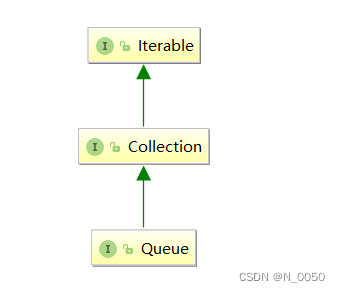
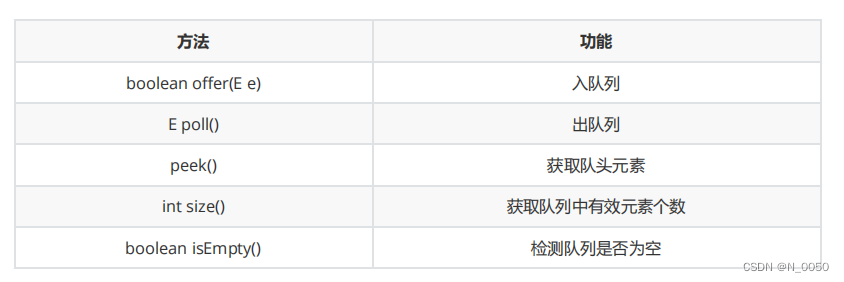
用法例子:
public static void main(String[] args) {
Queue<Integer> q = new LinkedList<>();
q.offer(1);
q.offer(2);
q.offer(3);
q.offer(4);
q.offer(5); // 从队尾入队列
System.out.println(q.size());
System.out.println(q.peek()); // 获取队头元素
q.poll();
System.out.println(q.poll()); // 从队头出队列,并将删除的元素返回
if(q.isEmpty()){
System.out.println("队列空");
}else{
System.out.println(q.size());
}
}队列模拟实现
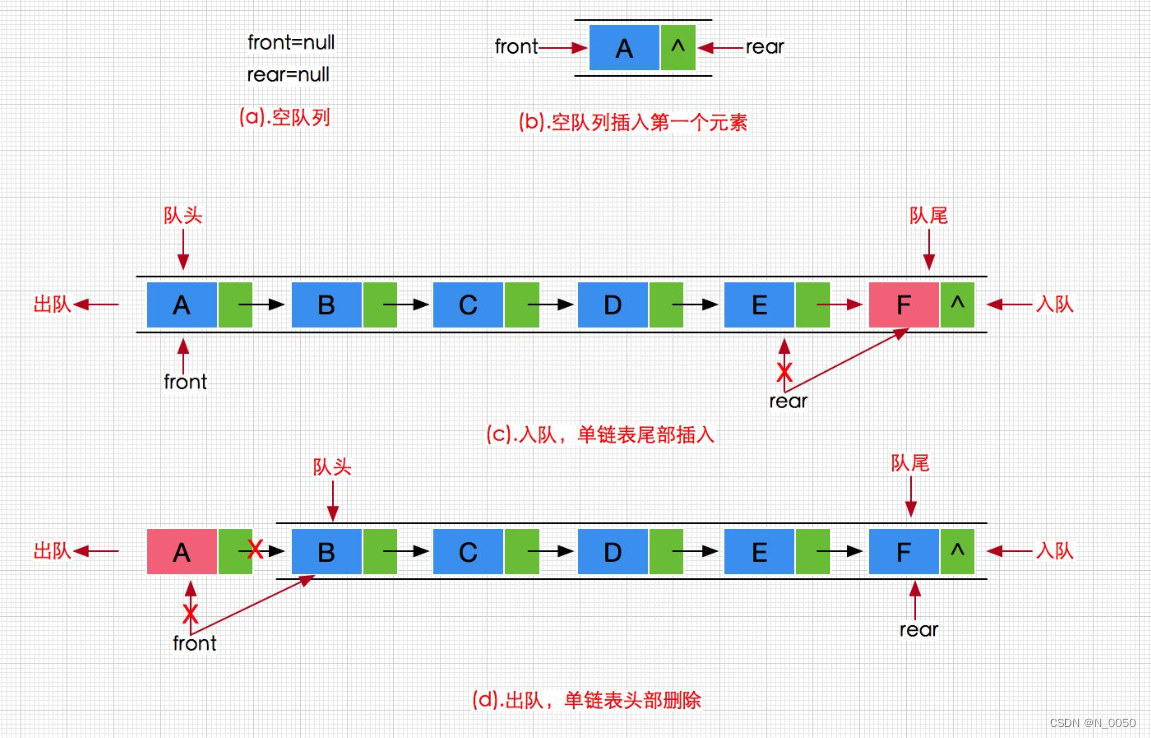
模拟实现代码:
public class Queue {
// 双向链表节点
public static class ListNode {
ListNode next;
ListNode prev;
int value;
ListNode(int value) {
this.value = value;
}
}
ListNode first; // 队头
ListNode last; // 队尾
int size = 0;
// 入队列---向双向链表位置插入新节点
public void offer(int e) {
ListNode newNode = new ListNode(e);
if (first == null) {
first = newNode;
// last = newNode;
} else {
last.next = newNode;
newNode.prev = last;
// last = newNode;
}
last = newNode;
size++;
}
// 出队列---将双向链表第一个节点删除掉
public int poll() {
// 1. 队列为空
// 2. 队列中只有一个元素----链表中只有一个节点---直接删除
// 3. 队列中有多个元素---链表中有多个节点----将第一个节点删除
int value = 0;
if (first == null) {
return null;
} else if (first == last) {
last = null;
first = null;
} else {
value = first.value;
first = first.next;
first.prev.next = null;
first.prev = null;
}
--size;
return value;
}
// 获取队头元素---获取链表中第一个节点的值域
public int peek() {
if (first == null) {
return null;
}
return first.value;
}
public int size() {
return size;
}
public boolean isEmpty() {
return first == null;
}
}循环队列
实际中我们有时还会使用一种队列叫循环队列。如操作系统课程讲解生产者消费者模型时可以就会
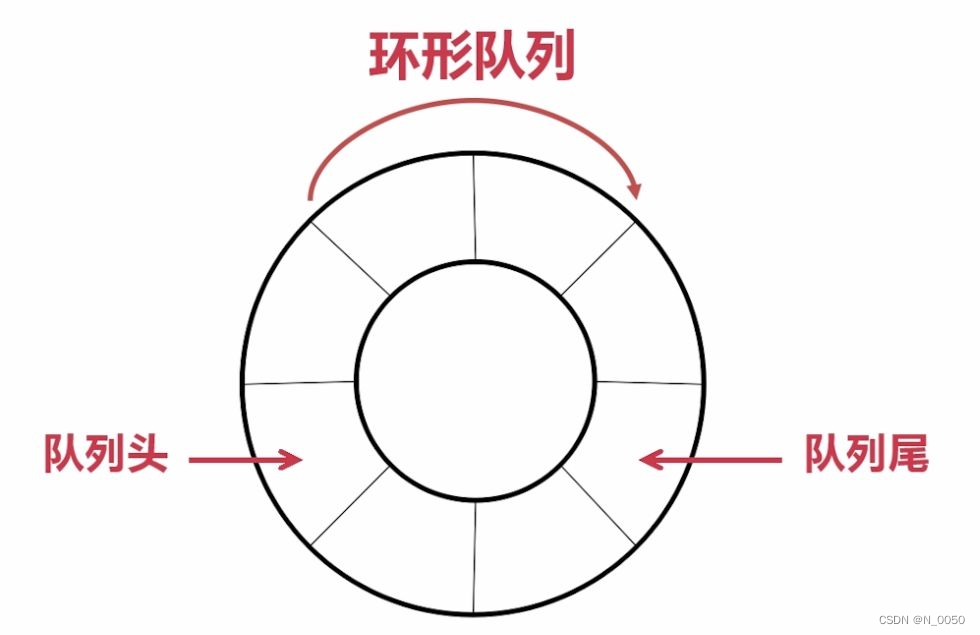
https://leetcode.cn/problems/design-circular-queue/description/
代码:
public class MyCircularQueue {
public int[] elem;
public int front; // 队头
public int rear; // 队尾
public int usedSize; // 记录队列中元素数量
public MyCircularQueue(int k) {
elem = new int[k];
usedSize = 0; // 初始化为 0
}
// 入队
public boolean enQueue(int value) {
if (isFull()) {
return false;
}
elem[rear] = value;
rear = (rear + 1) % elem.length;
usedSize++; // 每次入队增加 usedSize
return true;
}
// 出队
public boolean deQueue() {
if (isEmpty()) {
return false;
}
front = (front + 1) % elem.length;
usedSize--; // 每次出队减少 usedSize
return true;
}
// 得到队头元素
public int Front() {
if (isEmpty()) {
return -1;
}
return elem[front];
}
// 得到队尾元素
public int Rear() {
if (isEmpty()) {
return -1;
}
//如果是0下标就返回数组长度-1不是就rear-1
int index = (rear == 0) ? elem.length - 1 : rear - 1;
return elem[index];
}
public boolean isEmpty() {
return usedSize == 0; // 使用 usedSize 判断是否为空
}
public boolean isFull() {
return usedSize == elem.length; // 使用 usedSize 判断是否为满
}
}双端队列
双端队列(deque)是指允许两端都可以进行入队和出队操作的队列,deque 是 “double ended
queue” 的简称。 那就说明元素可以从队头出队和入队,也可以从队尾出队和入队。

Deque是一个接口,使用时必须创建LinkedList的对象
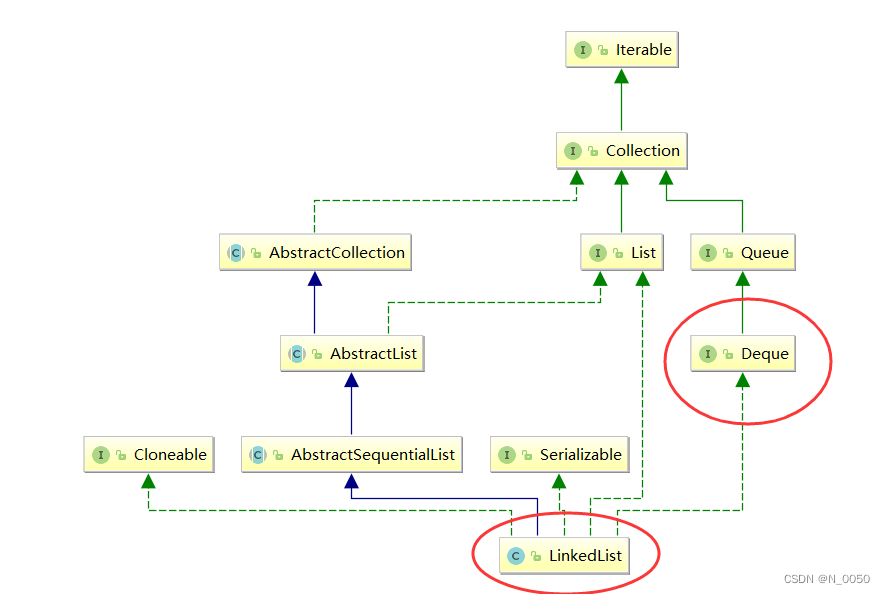
在实际工程中,使用Deque接口是比较多的,栈和队列均可以使用该接口。
Deque<Integer> stack = new ArrayDeque<>();//双端队列的线性实现
Deque<Integer> queue = new LinkedList<>();//双端队列的链式实现用队列实现栈
https://leetcode.cn/problems/implement-stack-using-queues/
代码:
class MyStack {// 用队列实现栈
//用两个队列实现
public Deque<Integer> qu1;
public Deque<Integer> qu2;
public MyStack() {
qu1 = new LinkedList<>();
qu2 = new LinkedList<>();
}
public void push(int x) {
if (!qu1.isEmpty()) {
qu1.offer(x);
} else if (!qu2.isEmpty()) {
qu2.offer(x);
} else {
//都空的,指定存
qu1.offer(x);
}
}
public int pop() {
if (empty()) {
return -1;
}
if (!qu1.isEmpty()) {
//这样记录不会因为poll改变
int size = qu1.size();
for (int i = 0; i < size - 1; i++) {//取到长度减1个就是要的了
int x = qu1.poll();
qu2.offer(x);
}
return qu1.poll();
} else {
int size = qu2.size();
for (int i = 0; i < size - 1; i++) {//取到长度减1个就是要的了
int x = qu2.poll();
qu1.offer(x);
}
return qu2.poll();
}
}
public int top() {
if (empty()) {
return -1;
}
if (!qu1.isEmpty()) {
//这样记录不会因为poll改变
int size = qu1.size();
int x = 0;//用来记录拿出来的值,循环结束后就拿到最后一个
for (int i = 0; i < size; i++) {
x = qu1.poll();
qu2.offer(x);
}
return x;
} else {
int size = qu2.size();
int x = 0;//用来记录拿出来的值,循环结束后就拿到最后一个
for (int i = 0; i < size ; i++) {
x = qu2.poll();
qu1.offer(x);
}
return x;
}
}
public boolean empty() {
//判断两个队列是不是都空的
return qu1.isEmpty() && qu2.isEmpty();
}
}用栈实现队列
https://leetcode.cn/problems/implement-queue-using-stacks/description/
代码:
public class MyQueue {
public Stack<Integer> s1;
public Stack<Integer> s2;
public MyQueue() {
s1 = new Stack<>();
s2 = new Stack<>();
}
public void push(int x) {
s1.push(x);
}
public int pop() {
if (empty()) {
return -1;
}
if (s2.isEmpty()) {
while (!s1.isEmpty()) {
s2.push(s1.pop());
}
}
return s2.pop();
}
public int peek() {
if (empty()) {
return -1;
}
if (s2.isEmpty()) {
int size = s1.size();
for (int i = 0; i < size; i++) {
int x = s1.pop();
s2.push(x);
}
}
return s2.peek();
}
public boolean empty() {
return s1.isEmpty() && s2.isEmpty();
}
}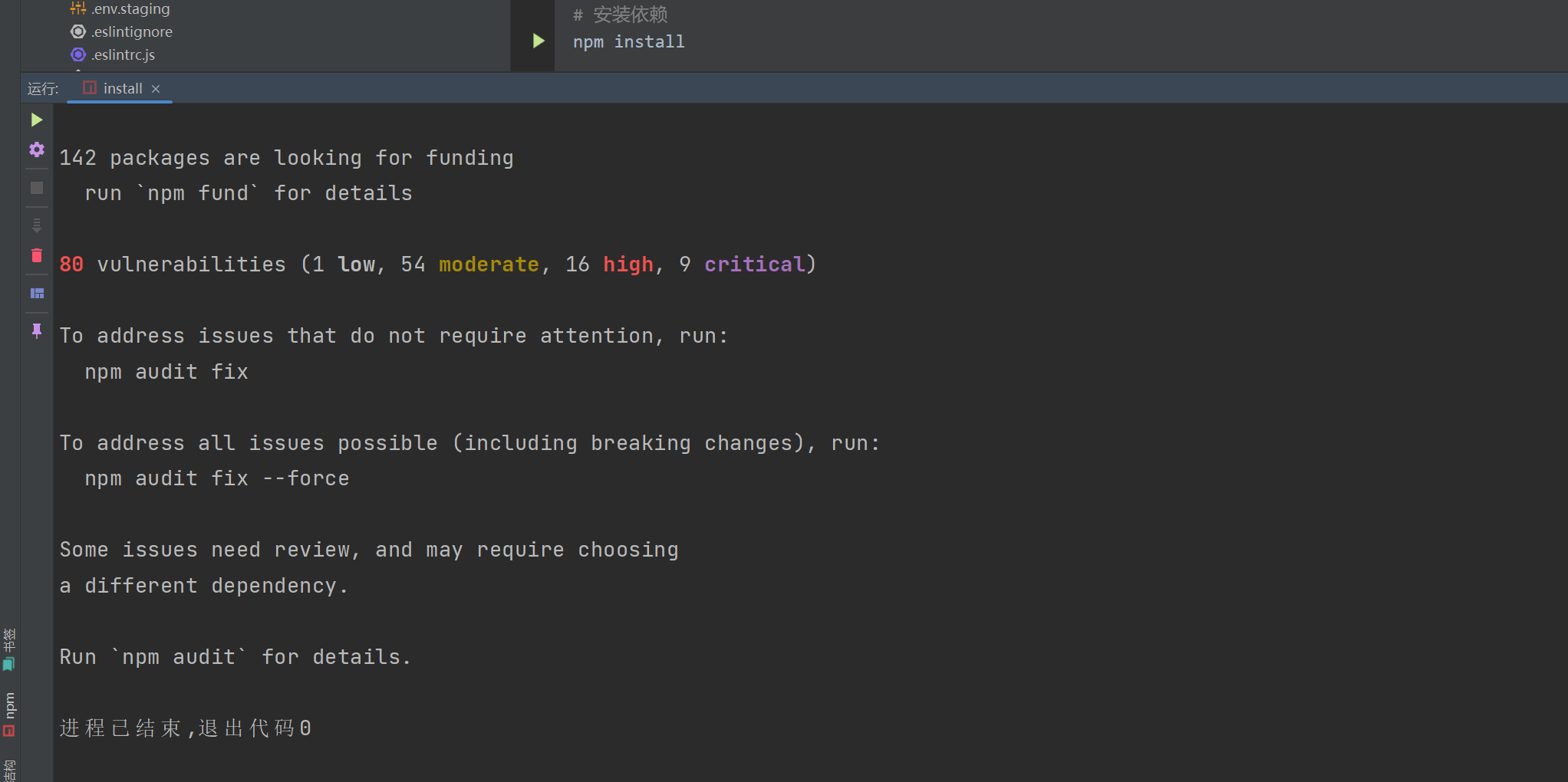


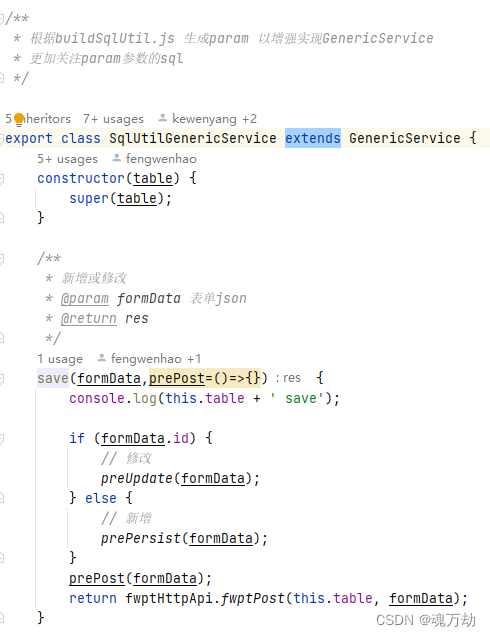
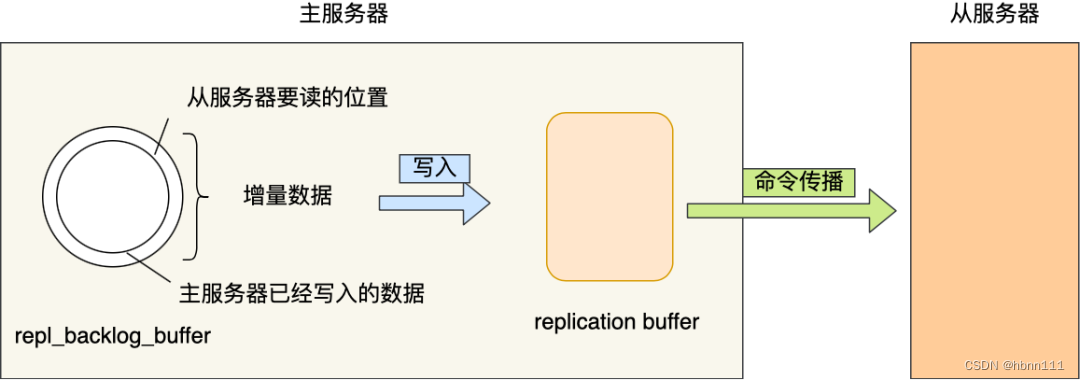


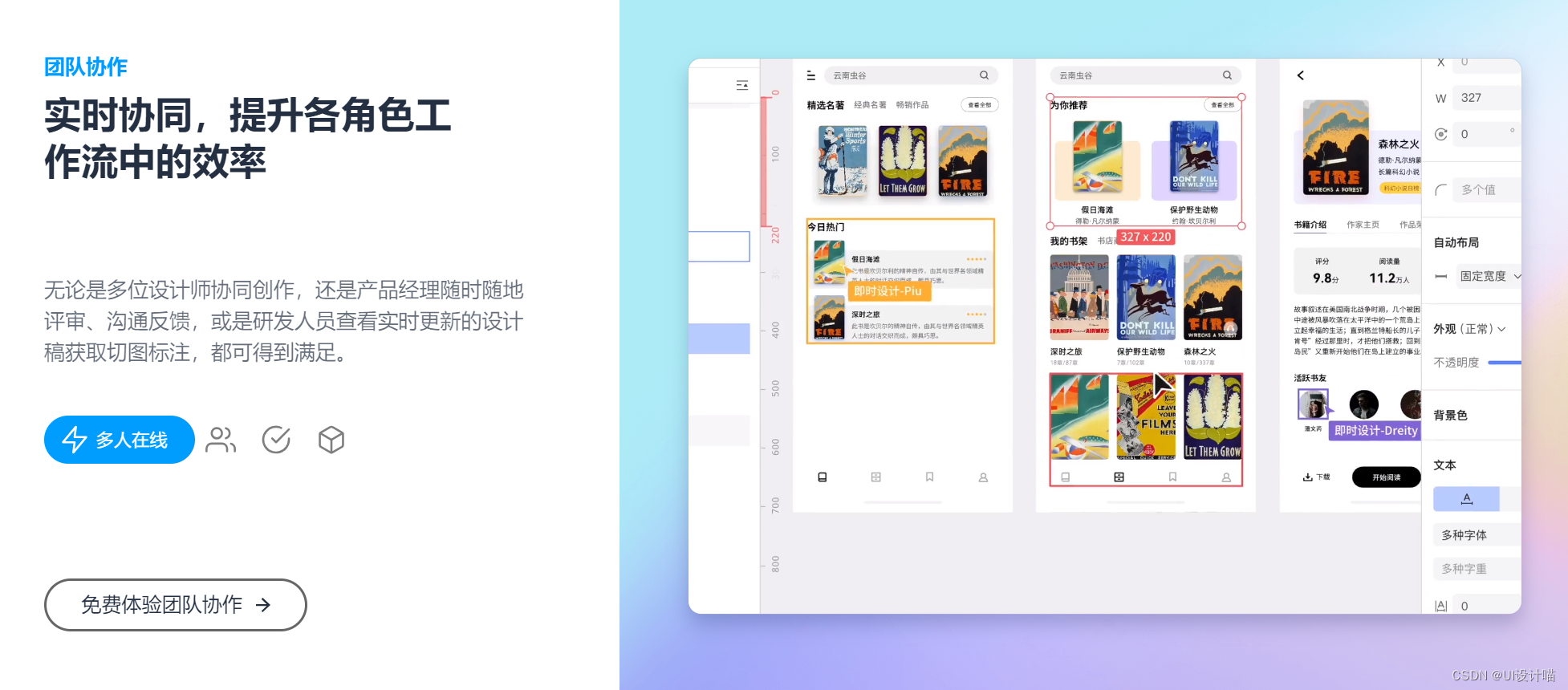
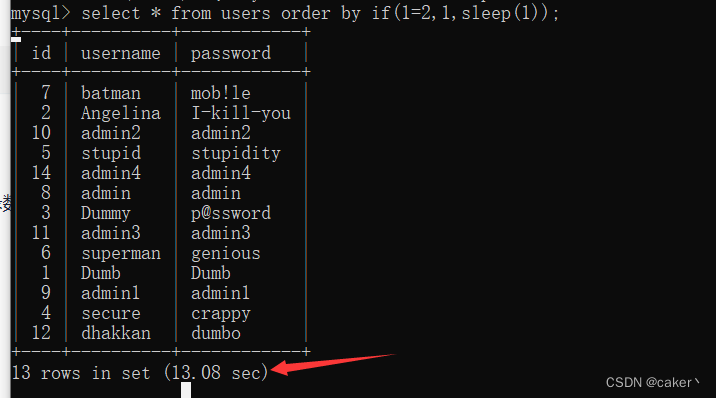
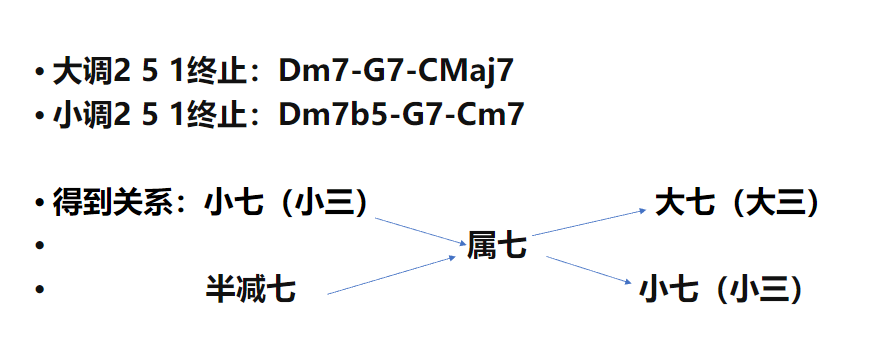
![LeetCode 刷题 [C++] 第141题.环形链表](https://img-blog.csdnimg.cn/direct/56a7f28ba3da4cc58232b5e1b1fc7968.png)
